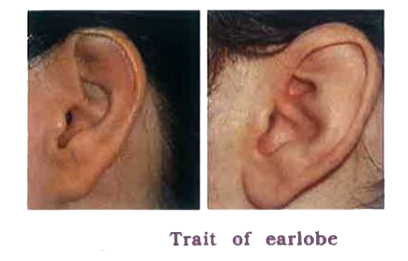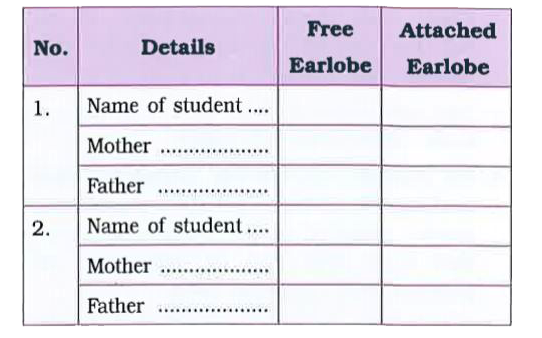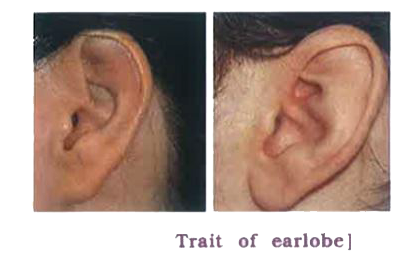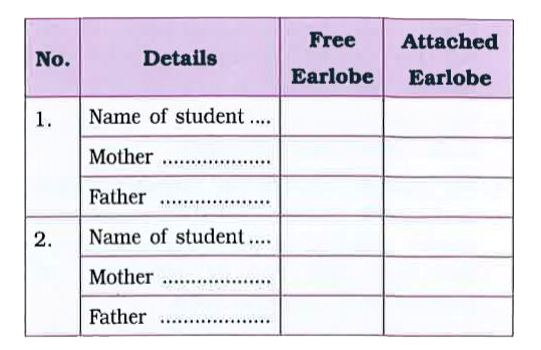Carefully observe your classmate's earlobes. Solution in Marathi
Step by step video & image solution for Carefully observe your classmate's earlobes. by Biology experts to help you in doubts & scoring excellent marks in Class 9 exams.
Updated on:21/07/2023Topper's Solved these Questions
- HEREDITY AND VARIATIONBOOK - CHETANA PUBLICATIONCHAPTER - HEREDITY AND VARIATIONEXERCISE - EXAMPLE
123 Videos
- ENVIRONMENTAL MANAGMANTBOOK - CHETANA PUBLICATIONCHAPTER - ENVIRONMENTAL MANAGMANTEXERCISE - EXERCISE
113 Videos
- INTRODUCTION TO BIOTECHNOLOGY BOOK - CHETANA PUBLICATIONCHAPTER - INTRODUCTION TO BIOTECHNOLOGY EXERCISE - EXERCISE
122 Videos
Similar Questions
Find the odd man out:
Axillary flower, green pod, green seed, inflated pod
View Solution………..method is used for carrying an unconscious patient through a short distance.
View SolutionProtective coverings in the animal body are called .................. tissues.
meristematic
muscular
epithelial
bone
View SolutionIn human, attached earlobes are a dominant feature over free earlobes while hypertrichosis (Y-linked) feature. A man with attached earlobed and extensive hair on pinna married a woman having free earlobes. The couple had one son with free earlobes and hairy pinna and two daughters with attached earlobes. One of the daughters with attached earlobes. One of he daughters married a man with free earlobes and sparse hair on pinna. They had two sons. What would be the characteristics of their ponnae ?
View SolutionObserve your surroundings carefully and write any three situations of your daily life where you can observe lines and angles. Draw the pictures in your note book and collect some pictures.
View SolutionObserve your surroundings carefully and write any three situations of your daily life where you can observe lines and angles.
Draw the pictures in your note book and collect some pictures.
View SolutionObserve your surroundings carefully and write any three situations of your daily life where you can observe lines and angles.
Draw the pictures in your note book and collect some pictures.
View SolutionTo suggest rule for inheritance of earlobe type. Procedure /Method : rarr The lowest part of the ear pinna called the earlobe, is closely attached to the side of the head, i.e., attached or not, i.e., free. rarr Observe the earlobes of all the students in the class. Prepare a list of students. Enter the data about the earlobes whether they are free or attached. rarr Find out about the earlobes of the parents of each student in the class. rarr Correlate earlobe type of each student with that of their parents. rarr In the column write F for free earlobe and A for attached earlobe. Answer the following questions on the basis of the collected data: Which expression of earlobe is observed more in number in your class?
View SolutionTo suggest rule for inheritance of earlobe type. Procedure /Method : rarr The lowest part of the ear pinna called the earlobe, is closely attached to the side of the head, i.e., attached or not, i.e., free. rarr Observe the earlobes of all the students in the class. Prepare a list of students. Enter the data about the earlobes whether they are free or attached. rarr Find out about the earlobes of the parents of each student in the class. rarr Correlate earlobe type of each student with that of their parents. rarr In the column write F for free earlobe and A for attached earlobe. Answer the following questions on the basis of the collected data: Are the types of earlobes hereditary?
View SolutionTo suggest rule for inheritance of earlobe type. Procedure /Method :
→ The lowest part of the ear pinna called the earlobe, is closely attached to the side of the head, i.e., attached or not, i.e., free.
→ Observe the earlobes of all the students in the class. Prepare a list of students. Enter the data about the earlobes whether they are free or attached.
→ Find out about the earlobes of the parents of each student in the class.
→ Correlate earlobe type of each student with that of their parents.
→ In the column write F for free earlobe and A for attached earlobe.


Answer the following questions on the basis of the collected data:
From your collected data state which expression is dominant and which one is recessive for earlobe.
View SolutionTo suggest rule for inheritance of earlobe type. Procedure /Method :
→ The lowest part of the ear pinna called the earlobe, is closely attached to the side of the head, i.e., attached or not, i.e., free.
→ Observe the earlobes of all the students in the class. Prepare a list of students. Enter the data about the earlobes whether they are free or attached.
→ Find out about the earlobes of the parents of each student in the class.
→ Correlate earlobe type of each student with that of their parents.
→ In the column write F for free earlobe and A for attached earlobe.


Answer the following questions on the basis of the collected data:
Determine the percentage of free earlobe and attached earlobe in the students of your classroom.
View SolutionWhat is earlobe ? Which are dominant and recessive variants respectively ?
View SolutionYou observed trait of earlobe whether they are free or attached in four different couples, along with their children.
Couple has all the children with free ear- lobe even mother has attached earlobe. What do you think about father's earlobe ?
View SolutionYou observed trait of earlobe whether they are free or attached in four different couples, along with their children.
Couple has children with 1:1 ratio for free and attached earlobe. What do you think about their father-mother for this trait ?
View SolutionYou observed trait of earlobe whether they are free or attached in four different couples, along with their children.
In a couple, both father and mother have attached earlobe. What do you think about their children ?
View SolutionYou observed trait of earlobe whether they are free or attached in four different couples, along with their children. A couple has four children, out of which three have free earlobe and one has attached earlobe. What do you think about their parents ?
View Solution
